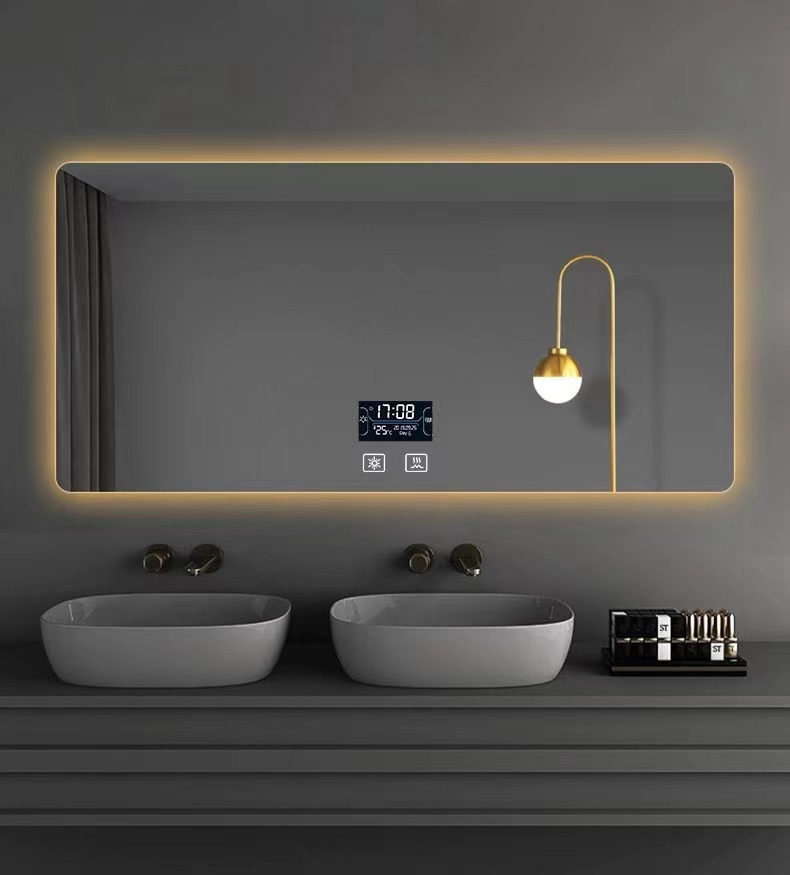Low-E soft coat glass, an innovative breakthrough in the field of energy-efficient building materials, has revolutionized contemporary architectural design. This superior glazing solution not only enhances a structure's aesthetic appeal but also significantly contributes to energy saving and improved comfort levels within buildings. As demand for sustainable construction continues to rise, understanding the benefits and applications of low-E soft coat glass becomes increasingly critical for architects, builders, and homeowners.

The hallmark of low-E soft coat glass is its microscopically thin, transparent coating of metallic oxides. This coating is engineered to reflect infrared energy while allowing visible light to pass through. One of the pivotal advantages of this feature is its remarkable insulation properties. By minimizing heat transfer through windows, low-E soft coat glass effectively reduces the burden on HVAC systems, translating into substantial energy savings. This ability to maintain indoor temperatures also contributes to the enhanced comfort of living spaces, making it a sought-after choice for residential and commercial projects.
A quintessential aspect of low-E soft coat glass is its adaptability. Available in a variety of tints and finishes, it seamlessly integrates with diverse architectural styles and designs. This versatility extends its application to different climates as well. In colder regions, its ability to retain heat within interiors ensures a cozy environment, while in warmer climates, it reflects unwanted solar heat, maintaining a cooler indoor ambiance. This adaptability not only exemplifies the expertise encapsulated in its design but also its universal appeal across geographic and climatic boundaries.

Despite its sophistication, the production of low-E soft coat glass is rooted in expertly controlled manufacturing processes. The soft coat, often referred to as sputter coating, involves multiple layers of metal oxide deposited onto the glass in a vacuum chamber. This meticulous process, which requires robust quality controls and technological prowess, ensures that the coating maintains its functionality and longevity. The expertise involved in manufacturing these coatings underscores the glass's superior quality and reliability.
Furthermore, one of the evolving trends in the low-E soft coat glass market is the integration of smart technology. As buildings become more intelligent, the convergence of low-E soft coat glass with automated systems offers enhanced energy management solutions. Windows featuring this advanced glass can be integrated into smart home systems, allowing occupants to control light levels and temperature remotely, optimizing energy use and comfort.
low e soft coat glass
As a testament to its authoritativeness and trustworthiness in the market, low-E soft coat glass has been adopted in numerous significant architectural landmarks around the globe. Its use in buildings such as high-rise office towers, hospitals, and state-of-the-art residential complexes speaks volumes about its performance, durability, and long-term benefits. Architects and builders are increasingly turning to this advanced glazing option to meet stringent energy codes and certifications, further solidifying its status as a leader in sustainable construction materials.
Homeowners, too, are finding compelling reasons to invest in low-E soft coat glass for their dwellings. In addition to lower energy bills and increased comfort, this glass type offers protection against ultraviolet rays, preventing fading of interior furnishings. Its acoustic insulating properties are an added bonus, providing quieter indoor environments shielded from outside noise pollution—a testament to its all-around benefit to residential life.
In conclusion, low-E soft coat glass represents a pinnacle of innovation in energy-efficient building materials. With its exceptional insulation, adaptability, expert manufacturing processes, and integration with smart technologies, it sets the stage for a more sustainable and comfortable future in construction. Its widespread use across various projects underscores its authority in the field and its trustworthiness as a long-term investment. For those aiming to maximize energy efficiency and indoor comfort while embracing a modern, sleek aesthetic, low-E soft coat glass emerges as an unparalleled choice.
As the construction industry continues to evolve and adapt to environmental challenges, the role of advanced materials like low-E soft coat glass will only become more pivotal. Its unique properties and proven benefits ensure that it will remain a cornerstone of architectural innovation for years to come.



